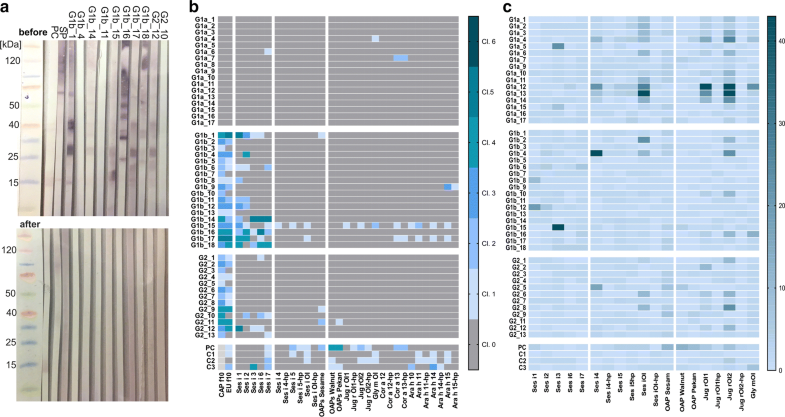| Allergy Asthma Immunol Res. 2019 Jul;11(4):470-481. English. | |
| Taek Ki Min | |
| 1Pediatric Allergy and Respiratory Center, Department of Pediatrics, Soonchunhyang University Seoul Hospital, Seoul, Korea. | |
| 2Division of Allergy and Clinical Immunology, Department of Medicine, Johns Hopkins University School of Medicine, Baltimore, MD, USA. | |
Abstract
| |
Chronic spontaneous urticaria (CSU) is characterized by typically short-lived and fleeting wheals, angioedema or both, which occur spontaneously and persist for longer than 6 weeks. This term is applied to the most common subtype of chronic urticaria. The underlying pathophysiology for CSU involves mast cell and basophil degranulation with release of histamine, leukotrienes, prostaglandins and other inflammatory mediators. Although a variety of treatments exist, many patients do not tolerate or benefit from the existing therapies and even require more effective treatments. Omalizumab is currently the only licensed biologic for antihistamine-refractory CSU, and novel drugs are under development. This article reviews its current status regarding pathogenesis and approach to treatment as well as therapeutic agents that are under development for the treatment of CSU.
|







 Article Info
Article Info